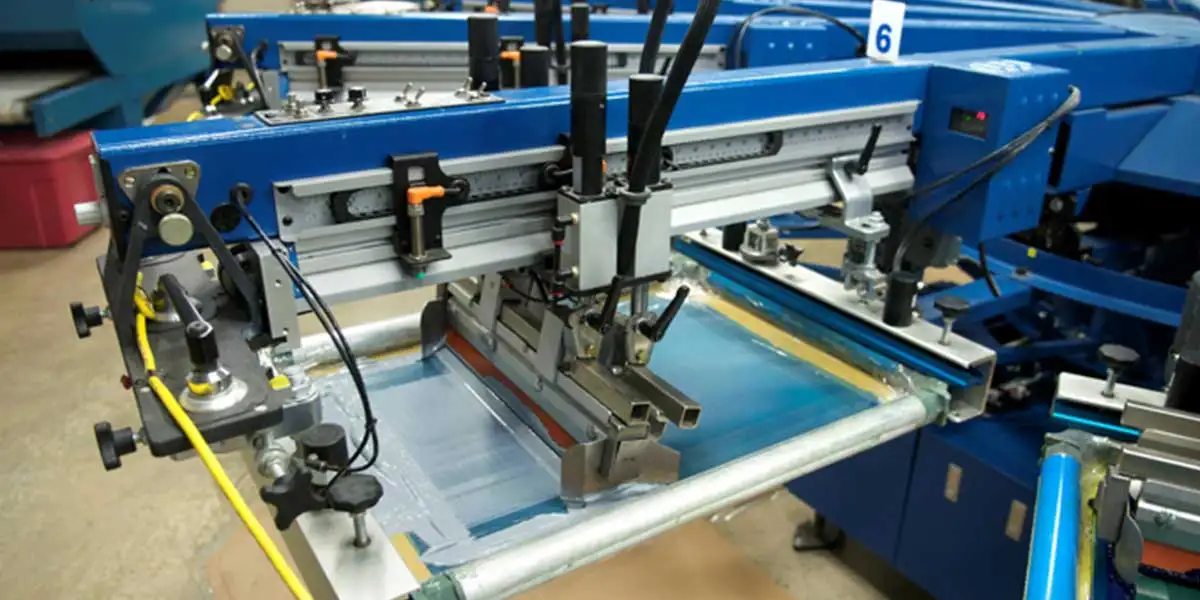
Feb 9, 2018
Even if you aren’t familiar with the name, you likely know the feeling. Tactile printing is becoming more and more common on packaging, labels, secure documents and even currency. Robert Eckard explains tactile printing in the excerpt from his report Tactile and Dimensional Printing: Global Markets to 2022 below.
Tactile printing, or dimensional printing, carries several definitions within print applications. In a nutshell, tactile printing uses paper, plastic films, rigid plastics and various other materials as substrates, then adds features to the surface of the substrate using a variety of techniques. These include embossing, pressing, plating, layering of inks or use of special papers designed to selectively expand, creating texture. Note that it is the printing technique, however, that adds texture to the substrate. Application of ink to substrates that are rough or that contain textural patterns or other texture to start with is generally not considered tactile printing.
In some cases, 3D printing is referred to as tactile printing. However, these two technologies are substantially different. Tactile printing applies a texture or textural pattern to a substrate. In contrast, 3D printing builds a three-dimensional object. With 3D printing, for example, one might generate an object that, with the proper equipment (such as an ultraviolet [UV] inkjet printer), could be subjected to tactile printing.
Several other technologies and systems are similar to tactile printing and are sometimes confused with tactile printing. These include:
The global market for tactile and dimensional printing is set to reach $1.9 billion in 2022, at a compound annual growth rate (CAGR) of 10.8% from 2017-2022, which is far and above the projected growth for the traditional printing markets. Analyst Robert Eckard recently discussed the market for tactile and dimensional printing—a vibrant market being driven by cheaper UV printing technology, growth of short run printing and more label printing that includes tactile elements. Members can access the full webinar recording by visiting the Member library.

Biophotonics: Technologies and Global Markets (PHO024B)

Global Trade: A Strategic Shift The global trade environment is undergoing a dra...

The global demand for cutting-edge materials continues to rise, and at the foref...

We are your trusted research partner, providing actionable insights and custom consulting across life sciences, advanced materials, and technology. Allow BCC Research to nurture your smartest business decisions today, tomorrow, and beyond.
Contact UsBCC Research provides objective, unbiased measurement and assessment of market opportunities with detailed market research reports. Our experienced industry analysts assess growth opportunities, market sizing, technologies, applications, supply chains and companies with the singular goal of helping you make informed business decisions, free of noise and hype.